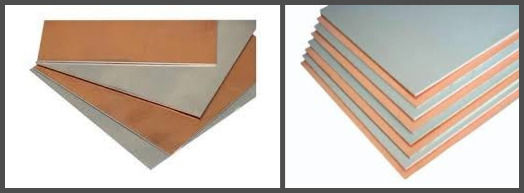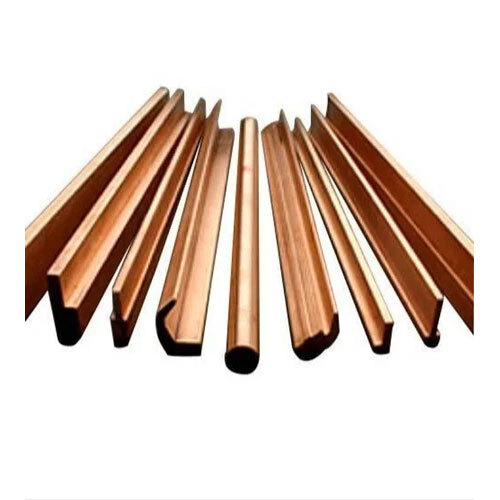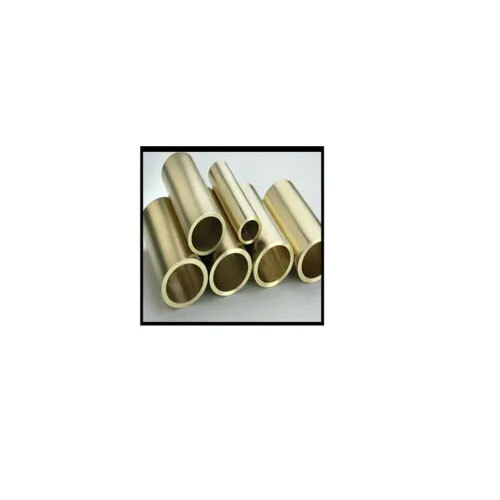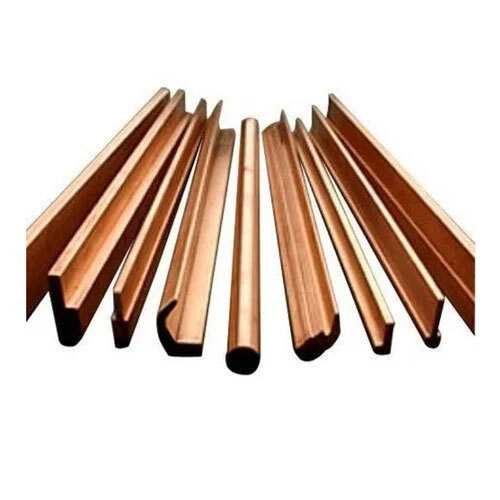BIMETALLIC SHEET
Product Details:
- Surface Treatment Polished
- Shape Plate
- Alloy No
- Color Sliver Brown
- Click to View more
BIMETALLIC SHEET Price And Quantity
- 10 Kilograms
- 900 INR/Kilograms
BIMETALLIC SHEET Product Specifications
- Plate
- No
- Sliver Brown
- Polished
BIMETALLIC SHEET Trade Information
- Cash on Delivery (COD) Cash Advance (CA) Cash in Advance (CID) Cheque Letter of Credit (L/C)
- 1000 Kilograms Per Week
- 15 Days
- Yes
- Contact us for information regarding our sample policy
- Asia Australia Central America North America South America Eastern Europe Western Europe Middle East Africa
- All India
Product Description
A bimetallic sheet, also called a bimetal or bimetallic strip, is a composite sheet made by bonding two different metals or metal alloys together. These metals have different coefficients of thermal expansion, meaning they expand and contract at different rates when exposed to temperature changes. This difference creates a bending effect, as one metal expands or contracts more than the other when heated or cooled.
Key Features of a Bimetallic Sheet
Structure: A bimetallic sheet typically consists of two layers of metal, such as steel and copper, steel and brass, or aluminum and steel, which are fused through welding, riveting, or other bonding processes.
Thermal Expansion: Due to the differing thermal expansion coefficients, one side of the sheet will expand more than the other when exposed to heat, causing the sheet to bend or curve. This property is utilized in applications where controlled bending with temperature change is needed.
Common Materials: The most common metals used are those with significantly different thermal properties, such as:
Copper or brass (high thermal expansion) with steel or invar (low thermal expansion).
Aluminum with steel.
Applications: Bimetallic sheets are widely used in thermal control applications, such as:
Thermostats: The bending action of the strip acts as a mechanical switch to control electrical circuits.
Temperature sensors and indicators: Used to indicate temperature changes.
Thermal relays: To switch electrical circuits based on heat.
Working Principle: When the bimetallic sheet is heated, the metal with the higher thermal expansion coefficient expands more, causing the sheet to bend. Upon cooling, the metals contract and return to their original shape. This reversible bending effect can be calibrated and applied for repeated switching or actuation.
Manufacturing Techniques: The two metals in a bimetallic sheet are bonded through various methods such as cladding, rolling, welding, or using adhesives, depending on the desired application and environmental conditions.
In summary, a bimetallic sheet is a versatile component, particularly valuable in temperature-sensitive applications. Its thermal bending property is key to many automatic control systems.

Price:
- 50
- 100
- 200
- 250
- 500
- 1000+









 Send Inquiry
Send Inquiry Send SMS
Send SMS